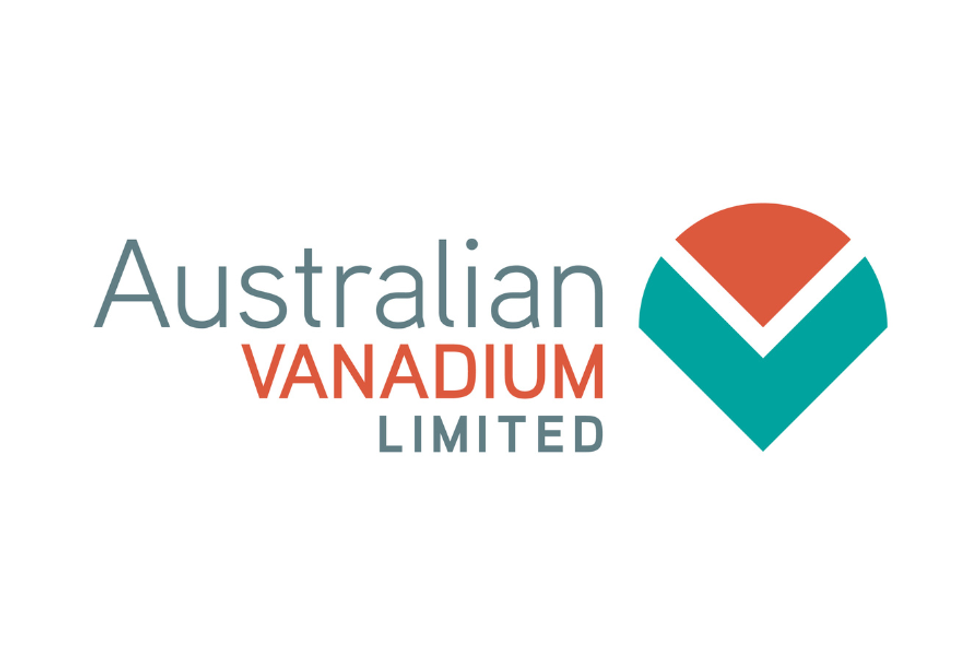With 80 percent of the world’s vanadium used in steel, steel production obviously plays a key roll in determining the demand for the mineral.
By Desmond McMahon–Exclusive to Vanadium Investing News
With 80 percent of the world’s vanadium used in steel, steel production obviously plays a key roll in determining demand for the mineral. And while China’s steel market has gotten off to a fast start in 2010, Luo Bingsheng, vice-chairman of the China Iron and Steel Association (CISA), isn’t overly optimistic about China’s domestic market for the remainder of this year.Bingsheng raised his concerns at the 2010 China Steel Industry Development last week with the CISA in the middle of China’s annual steel price negotiations. He said increased production combined with falling exports and stiffer international competition in China’s own domestic market has lead to surpluses and a slow down in steel production.
In 2009, China’s crude steel output grew 13.5 percent to 567.84 million tons and production levels continued to soar this year. Chinese steel mills had produced 128 million tons of crude steel by the end of February, up 25.4 percent over the same period in 2009. But Bingsheng points to forecasts that show China’s overall crude steel output will only be up 16.1 percent year-on-year by the end of 2010, which is down significantly from that early pace.
Bingsheng also attributes part of the slow down to the increasing prices of coal, coke, electricity, water and iron ore. He says steel prices dropped by 22 percent from last year while costs increased by 28.46 percent.
With numbers like that it’s not hard to see how the economy is squeezing steel maker’s profit margins.
But despite these warnings from the steel industry, analysts seem confident global demand for vanadium will continue to rise and that with vanadium’s already tight supply picture and the growing trend towards micro-alloy steel and vanadium’s performance in that area prices could climb.
Analysts identified another vanadium-based product under development that could further increase demand for this rare metal. Beyond new uses for vanadium-based steel products, vanadium has interesting energy-storage properties and is being used in a new generation of batteries for electric cars and energy storage systems attached to wind or solar projects to hold power produced during peak production periods until the power grid requires the electricity.
Last November, a report by Toronto-based Byron Capital estimated the worldwide supply of vanadium at 60,000 metric tonnes. They projected compound growth from steel consumption is 6 percent; however, if potential growth of vanadium batteries is factored in, that compound annual rate could nearly double to 11 percent. So, the success of this application could be a boon for vanadium investors.
A recent conversation about lithium and vanadium markets between The Gold Report and Jon Hykawy, an analyst with Byron Capital Markets, offers some caution. Hykawy suggested that the battery market isn’t a sure thing and that vanadium’s price fluctuations and questionable supply could put an end to vanadium-based batteries despite their successful applications. “We’ve seen the price of vanadium over the last two years fluctuate between currents level of $25 or $30 and as high as $80 or $85 per kilogram. You can’t have a material that you’re using in significant quantities in a battery vary by that kind of amount and expect to build a business off of it.”
Energizer Dabbling in Batteries
Dundee Corporation acquired 10,000,000 units of Energizer Resources [OTC:URST] at a cost of $3 million last week, which represents a 13.1 percent interest in the Toronto-based company. Energizer recently reached out to Austrian-based power company Cellstrom, who makes large-scale vanadium batteries, with the hopes of forming a strategic alliance.
But Energizer is still in the exploratory stages in Madagascar and Cellstrom’s chief executive Martha Schreiber is taking a wait-and-see approach. “It’s normal for a company like ours to want to secure resources,” she says, adding talks are still early and that when Energizer has something to offer they will be interested.


